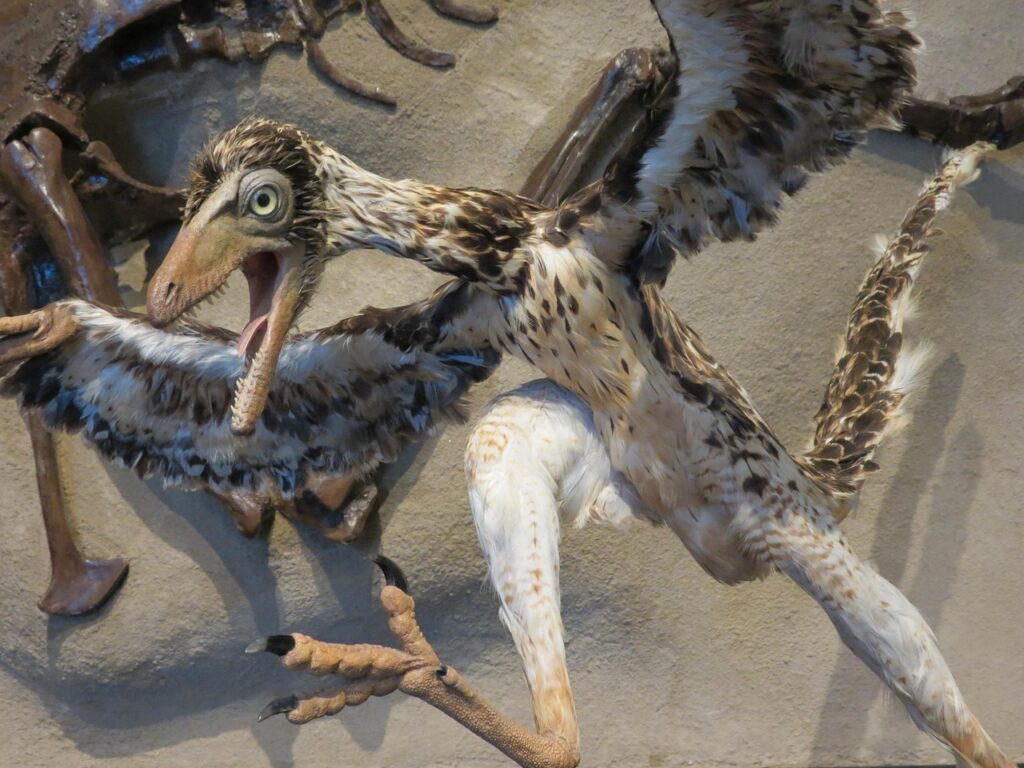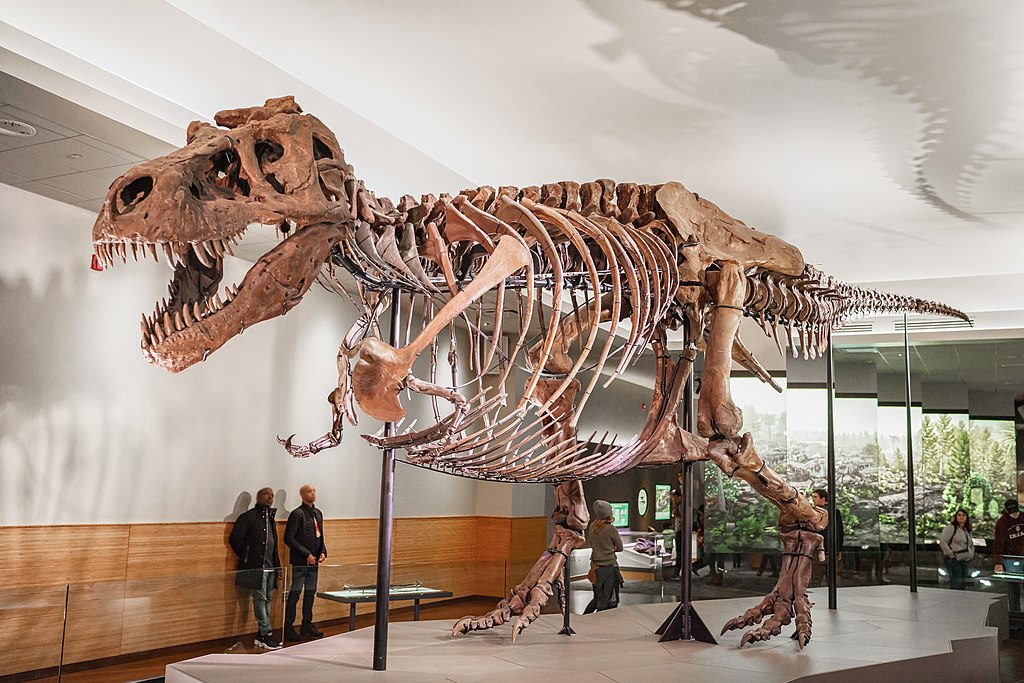The world of paleontology moves quickly, with new discoveries constantly reshaping our understanding of prehistoric life. While dinosaur science often struggles with accurate representation in popular media, certain journalists and science writers have produced exceptional work that balances scientific accuracy with engaging storytelling. These writers not only get the facts right but also capture the wonder and complexity of these ancient creatures. This article celebrates ten remarkable dinosaur articles that stand as paragons of science communication, highlighting both the content that made them special and the talented writers who crafted them.
The Rise of Evidence-Based Dinosaur Journalism

Science journalism has evolved dramatically in the past few decades, particularly in paleontology coverage. Early dinosaur reporting often sensationalized findings or perpetuated outdated concepts like slow, lumbering reptiles with dragging tails. Today’s best dinosaur articles incorporate the latest scientific understanding, including evidence of feathers, complex social behaviors, and sophisticated metabolic systems. Modern paleontology writers now regularly consult multiple experts, visit excavation sites, and thoroughly research evolutionary contexts before publishing. This shift toward evidence-based reporting has created a golden age of dinosaur journalism that both educates and inspires readers while maintaining scientific integrity.
Riley Black’s “The Day the Dinosaurs Died” for The New Yorker
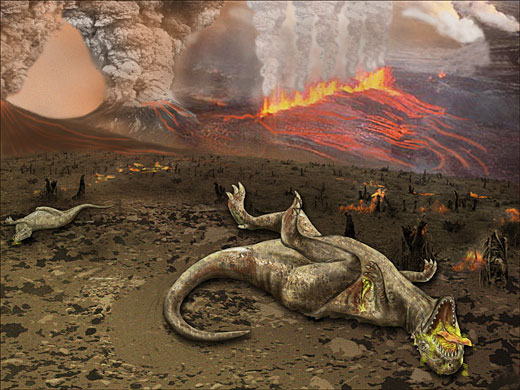
Riley Black (formerly published as Brian Switek) created one of the most vivid and scientifically accurate accounts of the Chicxulub impact that ended the Mesozoic era. Published in The New Yorker in 2019, this masterpiece of science writing reconstructs the catastrophic day with minute-by-minute detail based on geological evidence. Black’s exceptional talent lies in humanizing extinction without anthropomorphizing the dinosaurs themselves. Her background as both a working paleontologist and experienced science writer allows her to translate complex research into compelling narrative while maintaining scientific precision. The article stands out for its meticulous attention to the varying effects of the impact across different ecosystems and its explanation of how scientists piece together evidence from the geological record.
Ed Yong’s “The Truth About T. Rex” in The Atlantic
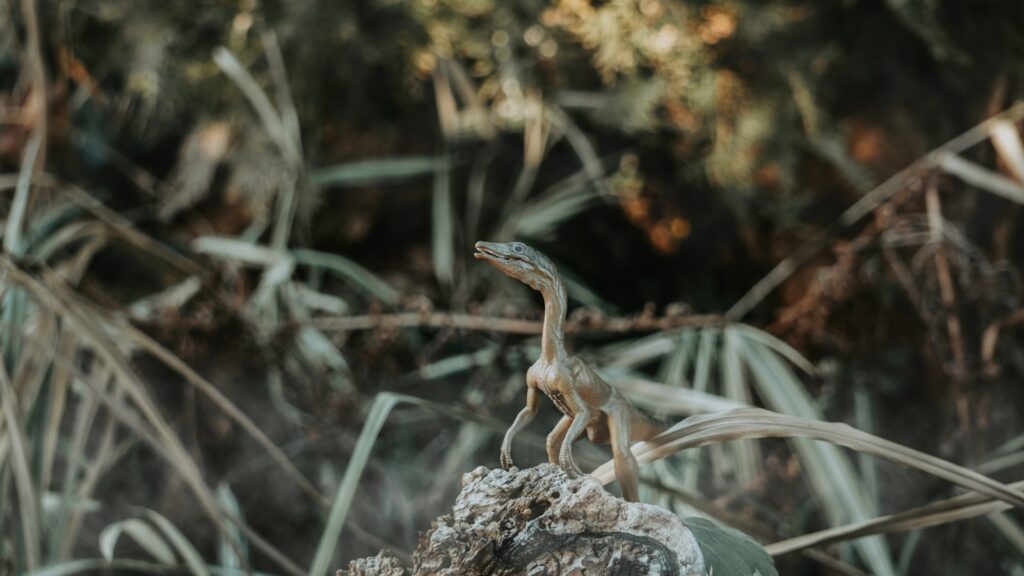
Ed Yong’s in-depth exploration of Tyrannosaurus rex in The Atlantic represents science journalism at its finest, dismantling popular misconceptions while revealing the fascinating reality of this iconic predator. Yong skillfully integrates interviews with leading T. rex experts, including paleontologists specializing in biomechanics, sensory capabilities, and growth patterns. The article’s strength comes from its comprehensive approach, examining everything from the dinosaur’s controversial running abilities to its sophisticated sensory systems. Particularly noteworthy is Yong’s explanation of how T. rex transitioned from a small, fast predator lineage to the massive apex predator we recognize today, all while avoiding the oversimplifications that plague many dinosaur features. His background in microbiology gives him a unique perspective on evolutionary adaptations that enriches the entire piece.
Nadia Drake’s “Dinosaur Shocker” for Smithsonian Magazine

When paleontologist Mary Schweitzer discovered what appeared to be preserved soft tissue in dinosaur fossils, it challenged fundamental assumptions about fossilization processes. Nadia Drake’s coverage of this controversial finding for Smithsonian Magazine stands as a model for how to report on paradigm-shifting discoveries. Drake, daughter of renowned astronomer Frank Drake, brings scientific rigor and journalistic objectivity to a topic that could easily have been sensationalized. Her article meticulously explains the preservation processes that might allow for soft tissue survival over millions of years while acknowledging the skepticism within the scientific community. Drake’s balanced approach presents multiple scientific perspectives, the methodological challenges involved in verification, and the implications for our understanding of fossil preservation without overreaching on claims that weren’t yet fully established.
Carl Zimmer’s “How Dinosaurs Shrank and Became Birds” in National Geographic

The evolutionary connection between dinosaurs and modern birds represents one of paleontology’s most fascinating stories, and Carl Zimmer’s comprehensive coverage for National Geographic stands as the definitive popular account. Zimmer traces the decades-long accumulation of evidence supporting the dinosaur-bird connection, from the discovery of Archaeopteryx to the feathered dinosaurs of China’s Liaoning Province. What distinguishes this article is Zimmer’s ability to explain complex evolutionary concepts like heterochrony (changes in developmental timing) that allowed certain dinosaur lineages to retain juvenile characteristics into adulthood, eventually leading to the small, flight-capable forms that became birds. His explanations of the genetic and developmental mechanisms behind this transformation demonstrate his exceptional talent for making complex science accessible without simplifying it into inaccuracy.
Carolyn Gramling’s “A New View on Dinosaur Brains” in Science News

The cognitive abilities of dinosaurs represent one of paleontology’s most challenging research areas, requiring evidence from fields as diverse as comparative neurology, behavioral ecology, and evolutionary biology. Carolyn Gramling’s article for Science News navigates this complex landscape with remarkable clarity, examining how advanced imaging techniques have revolutionized our understanding of dinosaur brains. Gramling explains how endocasts (molds of brain cavities) reveal neural structures that suggest sophisticated sensory processing in many dinosaur species. Her coverage of research comparing dinosaur brain-to-body ratios with modern birds and reptiles provides crucial context for understanding their likely cognitive abilities. Most impressively, Gramling avoids the common trap of projecting mammalian intelligence standards onto dinosaurs, instead explaining how different neural architectures can support different but equally complex cognitive adaptations.
Sabrina Imbler’s “The Dinosaur-Killing Asteroid Acidified the Ocean in a Flash” in The New York Times

The environmental consequences of the Chicxulub impact extend far beyond the immediate destruction, and Sabrina Imbler’s article for The New York Times brilliantly captures the catastrophic ocean acidification that followed. Imbler transforms complex geochemistry into a compelling narrative, explaining how the asteroid impact released sulfur compounds that rapidly acidified the world’s oceans, devastating marine ecosystems. The article stands out for its meticulous explanation of the chemical evidence preserved in fossil records and sediment layers, making abstract processes tangible. Imbler’s background in marine biology gives her unique insight into the ecological cascades that followed this acidification, resulting in a piece that connects the dinosaur extinction to broader patterns of mass extinction and environmental change. Her careful integration of interviews with multiple researchers provides a comprehensive picture of current scientific understanding while acknowledging remaining uncertainties.
Steve Brusatte’s “The Day the Dinosaurs Began” in Scientific American

While most dinosaur articles focus on extinction, paleontologist and writer Steve Brusatte’s feature for Scientific American explores the equally fascinating story of dinosaur origins. Brusatte combines his firsthand research experience with narrative skill to explain how dinosaurs emerged from a diverse ecosystem of reptiles following the Permian-Triassic extinction. The article excels in explaining how early dinosaurs were not initially dominant but gradually outcompeted other reptile groups through incremental adaptational advantages rather than sudden superiority. Brusatte’s explanation of the climatic and environmental factors that facilitated dinosaur ascendance provides crucial context often missing from dinosaur origin stories. His description of transitional fossils and the anatomical innovations that defined early dinosaurs demonstrates his ability to communicate complex evolutionary concepts to general audiences without sacrificing scientific accuracy.
Gemma Tarlach’s “How We Got It Wrong About Dinosaurs” in Discover Magazine

The history of paleontology includes numerous misconceptions and revisions, making it an ideal lens for exploring how science progresses. Gemma Tarlach’s article for Discover Magazine traces the major paradigm shifts in dinosaur science over the past century, from the sluggish swamp-dwellers of early reconstructions to today’s active, complex animals. Tarlach skillfully frames these changes not as failures but as science working as intended—self-correcting as new evidence emerges. Her coverage of how technological advances like CT scanning, biomechanical modeling, and molecular analysis have transformed our understanding of dinosaur physiology, behavior, and appearance provides a fascinating look at scientific methodology. Particularly valuable is her examination of how cultural factors and human biases have influenced dinosaur interpretations throughout history, demonstrating how science exists within broader social contexts while still progressing toward more accurate understandings.
Katherine Kornei’s “Dinosaurs That Lived in Darkness” in Eos
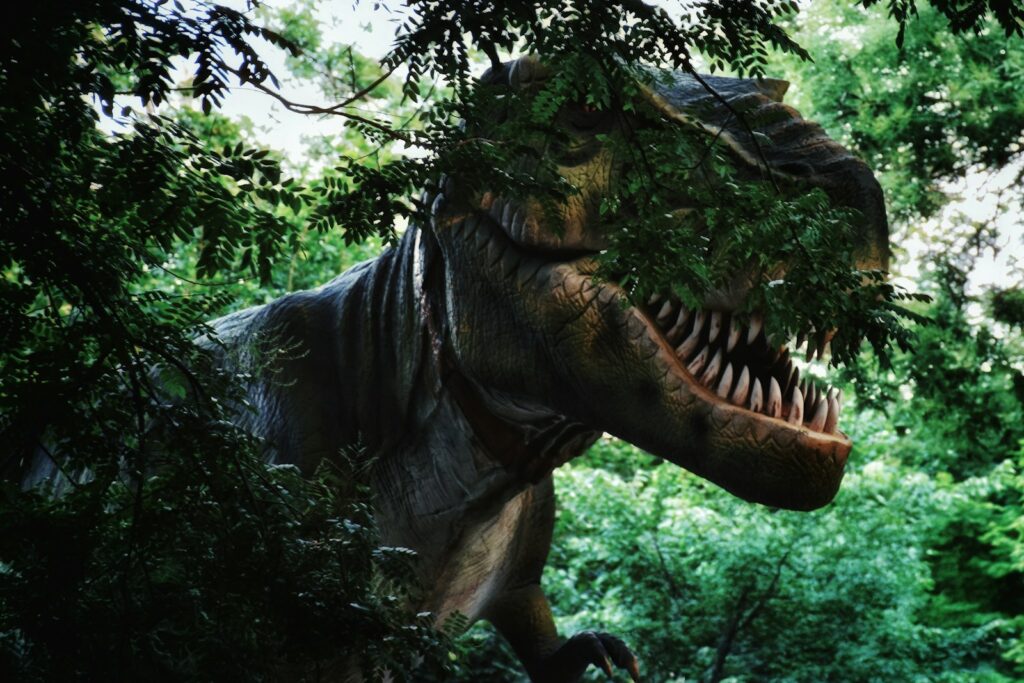
The discovery of dinosaur fossils in Arctic regions has revolutionized our understanding of dinosaur adaptations and distribution, a subject brilliantly explored in Katherine Kornei’s article for Eos. Kornei, who holds a PhD in astronomy and planetary science, brings exceptional scientific depth to her explanation of how dinosaurs survived polar conditions with months of darkness and freezing temperatures. The article stands out for its detailed examination of physiological adaptations that might have enabled this survival, including possible seasonal migration, specialized vision, metabolic adaptations, and potential thermoregulatory strategies. Kornei’s integration of paleoclimatology, comparative physiology, and cutting-edge fossil evidence creates a comprehensive picture of polar dinosaur ecosystems. Her explanation of how researchers use growth rings in dinosaur bones (similar to tree rings) to identify seasonal growth patterns in polar environments demonstrates the ingenious methods paleontologists use to understand prehistoric life in extreme conditions.
Asher Elbein’s “Feathered Dinosaurs Were Even Fluffier Than We Thought” in The New York Times
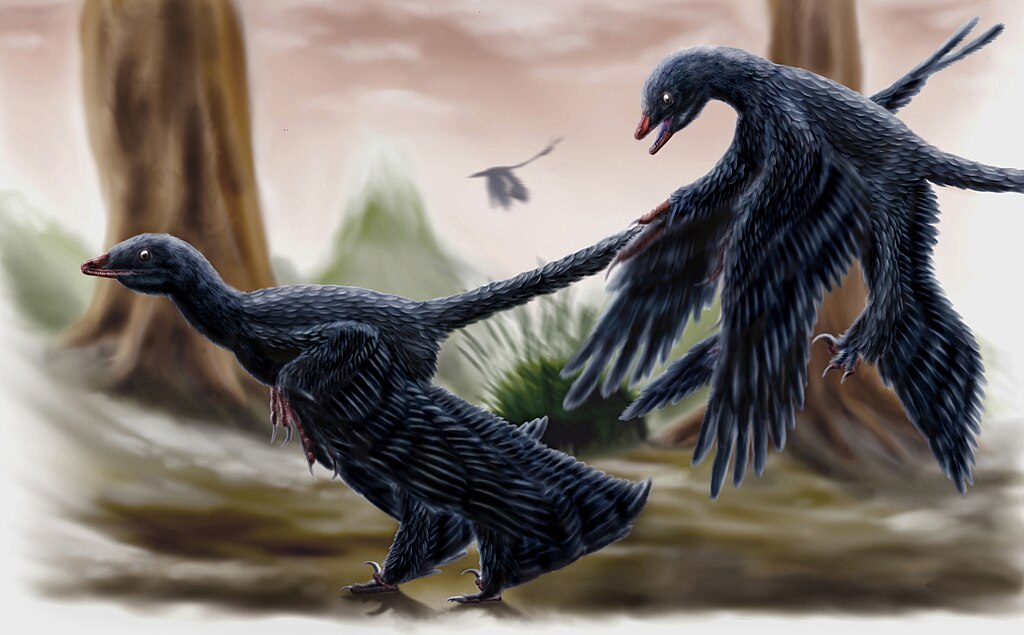
The revolution in our understanding of dinosaur appearance centers on the discovery that many species were covered in feathers or feather-like structures, a topic that Asher Elbein explores with exceptional clarity in The New York Times. Elbein’s article stands out for its detailed explanation of the different types of feathers and integumentary structures found across dinosaur groups, from simple filaments to complex pennaceous feathers. His coverage of how microscopic melanosomes preserved in fossils allow scientists to determine original coloration patterns brings these ancient creatures vividly to life. Particularly valuable is Elbein’s examination of the evolutionary purposes these structures served before flight, including thermoregulation, display, and camouflage. As both a paleontology writer and illustrator, Elbein brings a unique visual understanding to his descriptions that helps readers envision these feathered dinosaurs accurately, countering decades of scaly depictions in popular culture.
The Future of Dinosaur Science Communication
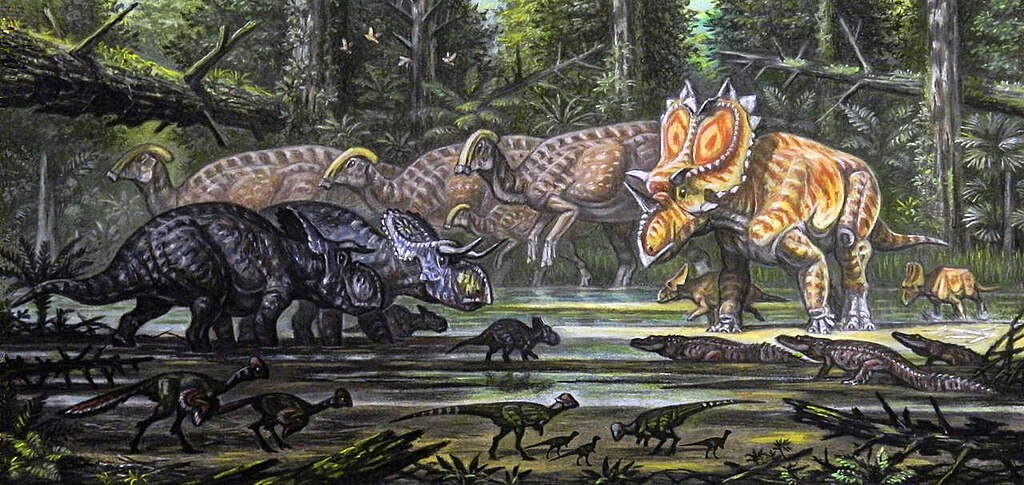
As paleontology continues to evolve with new technologies and methodologies, so too must science communication about dinosaurs. The most promising trend in dinosaur journalism is increased collaboration between scientists and writers, sometimes embodied in the same person as with Steve Brusatte and Riley Black. Digital platforms now allow for interactive visualizations, 3D models, and multimedia presentations that can convey complex concepts more effectively than text alone. Another encouraging development is the growing diversity of voices in paleontology writing, bringing fresh perspectives to prehistoric life interpretation. The best dinosaur articles of the future will likely continue balancing rigorous science with compelling narratives while embracing new formats and perspectives, ensuring that accurate dinosaur science remains accessible to public audiences. As our understanding of these magnificent creatures continues to deepen, skilled science writers will remain essential translators between specialized research and public fascination.
Conclusion: The Enduring Importance of Accurate Dinosaur Reporting
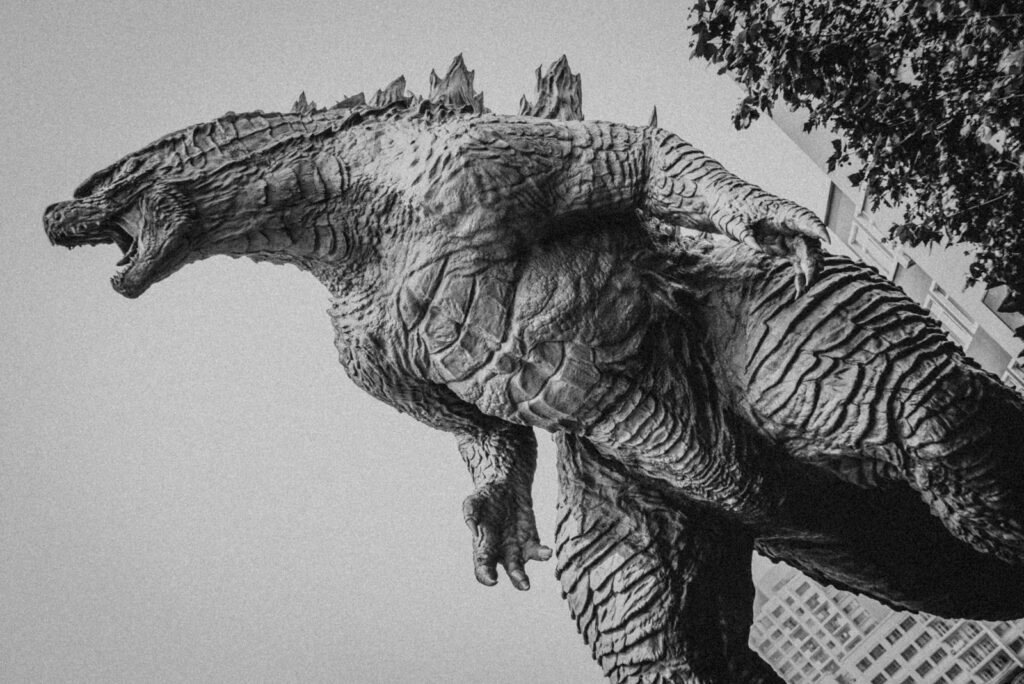
The ten articles highlighted here represent the gold standard in dinosaur science communication—work that combines scientific accuracy, narrative skill, and educational value. These writers demonstrate that rigorous science reporting can be just as compelling as sensationalized accounts, if not more so, because the actual story of dinosaurs—their evolution, diversity, adaptations, and eventual fate—contains more than enough wonder without embellishment. As gateways between specialized scientific knowledge and public understanding, these articles and their authors play a crucial role in scientific literacy. In an era of rapid discovery and frequent revision of dinosaur science, such thoughtful, accurate reporting provides both the latest findings and the context needed to understand their significance. Through their work, these writers ensure that our collective fascination with dinosaurs rests on a foundation of evidence rather than fantasy, enriching our appreciation of Earth’s remarkable prehistoric past.


